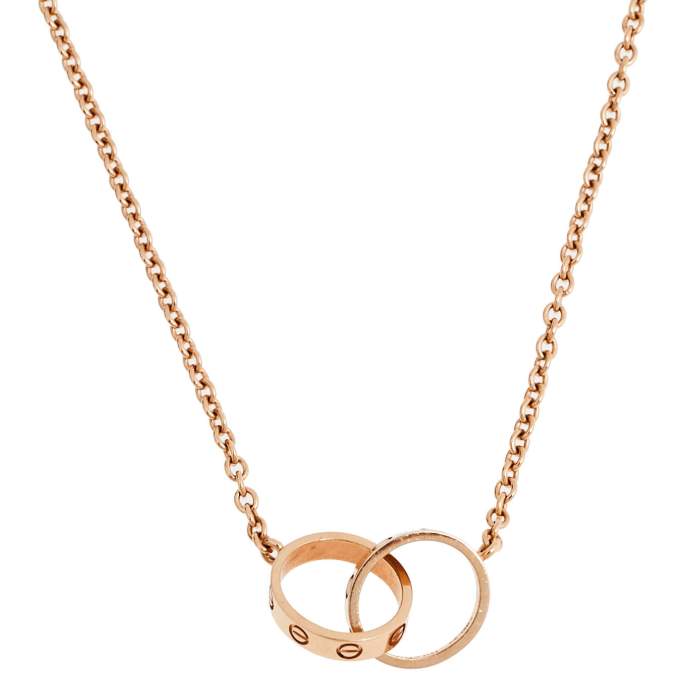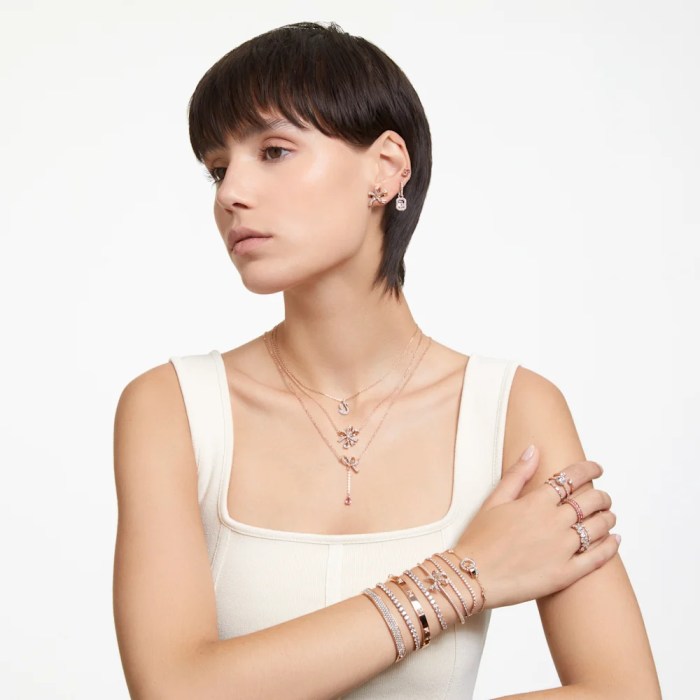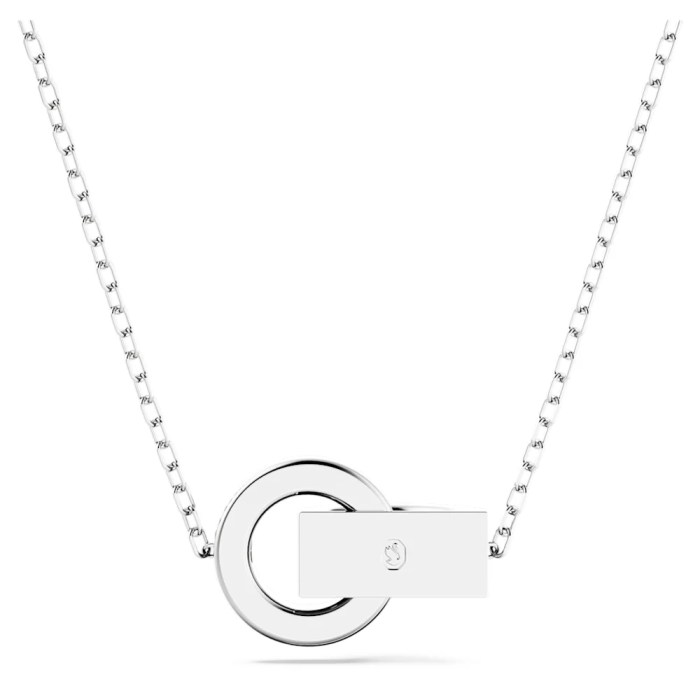Delving into the captivating realm of sewing techniques with interlocking loops, this comprehensive guide unravels the intricate artistry and boundless possibilities of this captivating craft. As we embark on this journey, we will delve into the depths of looping techniques, explore the essential materials and tools, and unravel the secrets of creating exquisite patterns and designs.
Prepare to be captivated as we unravel the enchanting world of interlocking loops, empowering you to elevate your sewing skills to new heights.
Unveiling the intricacies of interlocking loops, we will meticulously dissect the various looping techniques employed in this captivating art form. Each technique will be thoroughly examined, highlighting its advantages and potential drawbacks. Moreover, we will provide practical examples, showcasing how these techniques can be seamlessly integrated into diverse sewing projects, igniting your creativity and inspiring you to push the boundaries of your craft.
Looping Techniques

Looping techniques in sewing with interlocking loops involve creating a series of connected loops that form a unique and decorative effect. These techniques offer a wide range of possibilities for creating intricate patterns and textures in fabric.
The most common looping techniques include:
- Buttonhole stitch:Creates a series of interlocking loops that resemble buttonholes.
- Blanket stitch:Forms a continuous chain of interlocking loops that creates a decorative edge or seam.
- Chain stitch:Produces a series of interlocking loops that form a chain-like effect.
- Cross stitch:Creates interlocking loops that form a series of X-shaped motifs.
- Satin stitch:Produces a smooth, satin-like surface by creating interlocking loops that overlap and cover the fabric.
Each looping technique has its own advantages and disadvantages:
- Buttonhole stitch:Strong and durable, ideal for creating buttonholes or decorative accents.
- Blanket stitch:Decorative and versatile, can be used for edging, seaming, or creating embellishments.
- Chain stitch:Lightweight and airy, suitable for creating lace-like effects or decorative details.
- Cross stitch:Traditional and intricate, perfect for creating motifs and patterns.
- Satin stitch:Smooth and luxurious, creates a sophisticated look for garments, accessories, and home décor.
Materials and Tools: Sewing Techniques With Interlocking Loops

Sewing with interlocking loops requires specific materials and tools to achieve the desired effect:
- Fabric:Medium to heavyweight fabrics, such as canvas, denim, or upholstery fabric, provide a stable base for the interlocking loops.
- Thread:Polyester or cotton thread in a variety of colors and thicknesses can be used, depending on the desired look.
- Needle:A sharp, sturdy needle is essential for piercing the fabric and creating the interlocking loops.
- Sewing machine:A sewing machine with a zigzag stitch or a specialized looping attachment is required to create the interlocking loops.
- Embroidery hoop:An embroidery hoop helps to stabilize the fabric and keep it taut while sewing.
Patterns and Designs
The patterns and designs created using interlocking loops can range from simple to intricate:
- Geometric patterns:Straight lines, angles, and shapes can be combined to create geometric designs.
- Floral patterns:Flowers, leaves, and vines can be embroidered using interlocking loops to create realistic or stylized motifs.
- Abstract patterns:Free-form loops and stitches can be used to create abstract and unique designs.
- Custom patterns:Patterns can be customized by combining different looping techniques, colors, and fabrics.
When choosing a pattern, it is important to consider the fabric and thread type to ensure compatibility and the desired effect.
Applications and Projects

Sewing with interlocking loops has a wide range of applications:
- Garments:Embroidered details, decorative seams, and embellishments can enhance garments.
- Accessories:Bags, hats, and scarves can be personalized with unique patterns and designs.
- Home décor:Pillows, curtains, and table linens can be embellished with interlocking loops to create a custom look.
- Wall art:Framed embroidered pieces can serve as unique and eye-catching wall art.
The unique aesthetic qualities of interlocking loops add a touch of sophistication and elegance to any project.
Popular Questions
What are the advantages of using interlocking loops in sewing?
Interlocking loops offer numerous advantages, including enhanced durability, flexibility, and decorative appeal. They can reinforce seams, create intricate embellishments, and add a touch of elegance to any sewing project.
What materials are best suited for sewing with interlocking loops?
For optimal results, choose materials that are strong, flexible, and have a smooth surface. Some popular options include cotton, silk, linen, and synthetic blends.
How do I choose the right pattern for interlocking loops?
When selecting a pattern for interlocking loops, consider the fabric weight, thread type, and desired effect. Simple patterns are ideal for beginners, while more complex designs can challenge experienced sewers.